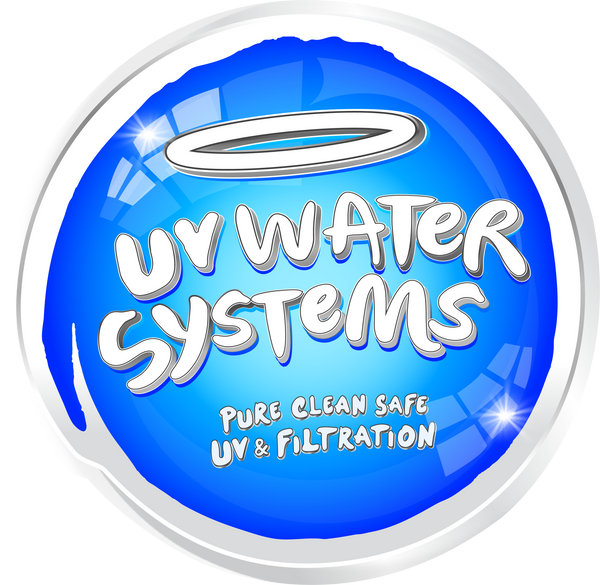Old houses have special water problems that many people don't know about. Aging pipes, old plumbing, and dirty water sources create perfect spots for dangerous bacteria to grow. A UV water system kills these germs before they reach your kitchen tap and make your family sick.
Learning about these dangers and how to fix them helps New Zealand families stay healthy through proper water filtration and sterilization.
Water Problems in Older Houses
Many old properties get water from rainwater tanks, bores, or wells instead of the town supply. Without proper filters, harmful bacteria like E. coli, Campylobacter, and Cryptosporidium can live in drinking water.
Old pipes make things worse. Pipes develop cracks over many years that let bacteria sneak into the water system. Dirt and sediment pile up inside pipes over decades, creating perfect homes for germs to multiply. Even houses connected to town water can have dirty water if their inside plumbing is very old.
How UV Water System Light Kills Germs
UV sterilization works by shining ultraviolet light onto water. This special light damages the DNA inside bacteria, viruses, and parasites. Once their genetic material breaks, these organisms cannot make babies or cause infections. The killing happens instantly as water flows through the UV chamber.
The cleaning formula needs several things working together. Water cloudiness affects how well UV light can travel through. That's why proper filtration systems must clean water before UV treatment. Dirty or cloudy water blocks UV light from hitting all the germs.
Why UV Water Filters Must Come First
UV light only works on clear water. Dirt particles and sediment create shadows where bacteria can hide from UV light. That's why water filtration must happen before sterilization. The filters remove solid junk that would protect germs from UV exposure.
A proper system uses several filter stages. The first pleated 5-micron filter catches sand, sediment, and bigger particles. This stops these materials from blocking later filters or making the water cloudy. Clean water flows more easily and lets UV light work better.
The second carbon 5-micron filter removes bad tastes, smells, and chemicals like pesticides. Carbon filtering also gets rid of the brown or yellow color that could block UV treatment. This stage makes water quality better beyond just removing visible dirt.
The third melt-blown 1-micron filter catches leftover particles from the carbon filter. This final cleaning makes sure water entering the UV chamber is as clear as possible. Crystal-clear water allows the best UV germ-killing power.
The Complete Cleaning Process
● Water enters the system through the first filter. Sediment gets trapped right away, stopping the buildup in later parts. Clean water then moves through carbon filtering, where chemicals and bad smells disappear. The final filter removes any bits still floating around.
● The filtered water flows into the UV chamber next. Inside the chamber, a glass tube called a quartz sleeve holds the UV lamp. The sleeve lets UV light pass through water while protecting the lamp from getting wet. This design makes sure sterilization works safely and effectively.
● Water passing through the chamber gets hit by UV light from all directions. The polished stainless steel bounces light all around the chamber. Bacteria, viruses, and parasites cannot escape this light, attacking from every angle.
● Sterilized water leaves the chamber and goes to the home taps. The whole process takes just seconds. Families get safe, clean drinking water without any chemical taste or smell.
Final Thoughts
Older New Zealand homes face real water safety challenges that UV water systems solve effectively. Aging pipes, contaminated water sources, and germ risks need proper treatment. Putting filtration together with UV sterilization gives complete protection for families.
Professional setup and yearly maintenance keep systems working well. The money spent on safe water pays back through better health and peace of mind.


